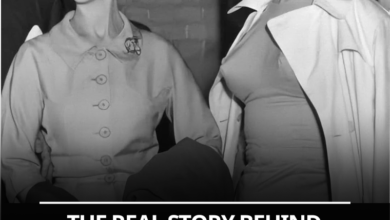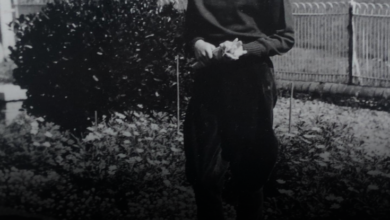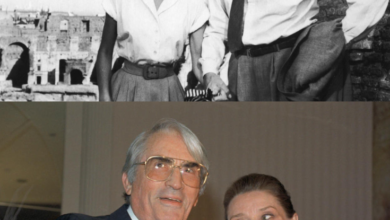How Sylvester Stallone Battled Creative Chaos and Physical Pain to Bring Rambo to Life
OPINION: This article may contain commentary which reflects the author's opinion.
Spanning nearly four decades, Sylvester Stallone’s journey with the Rambo franchise has been nothing short of an epic test of endurance. From physical injuries and grueling filming conditions to creative struggles and emotional sacrifices, the process of crafting John Rambo’s legacy pushed Stallone to his limits. In interviews and behind-the-scenes accounts, the legendary actor and filmmaker has detailed the numerous challenges that shaped the iconic series.
The Physical Toll
As the face of the franchise, Stallone committed to performing many of his own stunts—a choice that came with considerable risk. Over the course of the series, he suffered a variety of injuries, including a broken finger and a severe haematoma sustained during the 2008 installment, Rambo. Filming on location near the Burmese border proved particularly punishing. Crew members faced suffocating heat, dangerous wildlife, and an array of logistical obstacles. “We were dealing with conditions no one was used to,” Stallone recounted, noting that the extreme environment saw many crew members hospitalized and the team relying on military intervention during Thailand’s “burning season.”
Logistical and Environmental Challenges
Each Rambo film presented unique hurdles. While earlier installments shot in Mexico and Afghanistan brought their own complications, the 2008 Rambo film took these difficulties to another level. The production crew, numbering over 500 people, navigated remote, hazardous jungle terrains. Location scouts relied on Karen natives to find uncharted filming sites, often taking grueling 18-hour trips on elephants. Such conditions underscored the physical and logistical trials of bringing Rambo’s gritty world to the screen.
Creative and Emotional Struggles
Beyond the physical demands, Stallone wrestled with the creative direction of the series from the very beginning. The first Rambo film, First Blood (1982), faced a rocky start. Stallone famously hated the original three-and-a-half-hour cut, describing it as unwatchable and a potential “career killer.” His insistence on re-editing the film—and reducing Rambo’s dialogue—ultimately salvaged the project and set the tone for the entire franchise. However, creative disagreements and writing struggles persisted throughout the series.
Stallone faced opposition over the original ending of First Blood, which would have killed off Rambo. Convinced that a nihilistic conclusion would do a disservice to veterans and the character’s complexity, he fought to keep Rambo alive, ultimately laying the groundwork for future sequels. As the series progressed, Stallone contended with external pressures to turn Rambo into a larger-than-life action hero, which he felt diluted the tortured, human character first introduced in First Blood. His commitment to preserving Rambo’s core identity motivated him to return for later installments, seeking to correct misconceptions about the character.
Reflecting on a Legacy
Today, the Rambo series is widely regarded as a cornerstone of action cinema. But the path to that legacy was fraught with obstacles. From intense location shoots to heated creative debates, Stallone’s perseverance shaped not only the films themselves but also the cultural perception of one of Hollywood’s most enduring action heroes.
In his reflections, Stallone often returns to the personal toll the series took on him—both physically and emotionally. Yet, despite the hardships, he views the franchise as a defining chapter in his career, one that tested his limits and cemented his status as a Hollywood legend.



